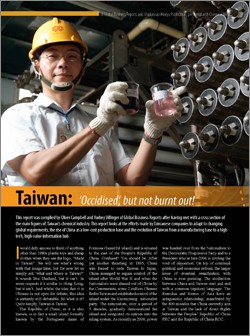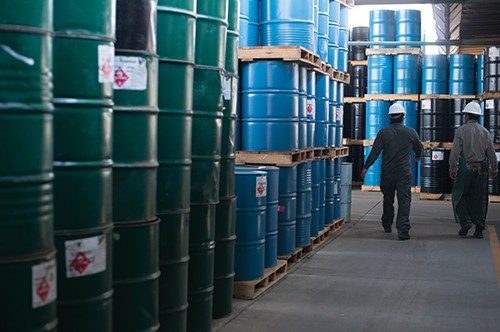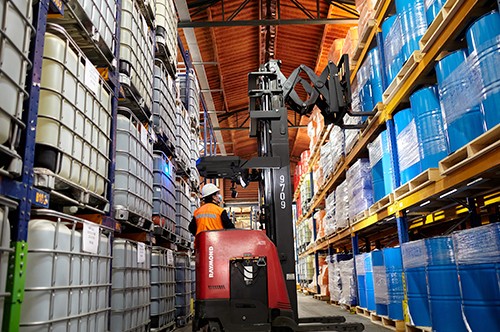
PUBLICATION
Taiwan Chemicals 2006 IHS CW Release
The key to the success of Taiwan’s chemical industry has been “reverse integration.” Devoid of natural resources, the island has had to rely on imports and their subsequent processing. By following a process of backwards integration, involving several investments into naphtha crackers over the past 3 to 4 decades, the country has developed a successful upstream industry allowing for a thriving mid and downstream industry. This is important today, as other industries in Taiwan try to replicate this model.
The Taiwanese chemical industry is characterized by its close relationships with fields of industry such as electronics, IT, mechanics and automotives. A more extensive hydrocarbon supply since the 1960s enabled the petroleum industry and its crackers to flourish and hence provide the core and foundation for the midstream and downstream chemical industries that have laid the groundwork for today’s high-tech industries. An examination of the recent history of Taiwan’s chemical industry will help us to understand how Taiwan has turned from a hotly contested, highly-coveted, farming-based island into today’s international technology hub, home to the world’s tallest building and host to the world’s first city-wide WiFi grid.













